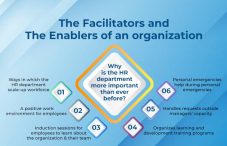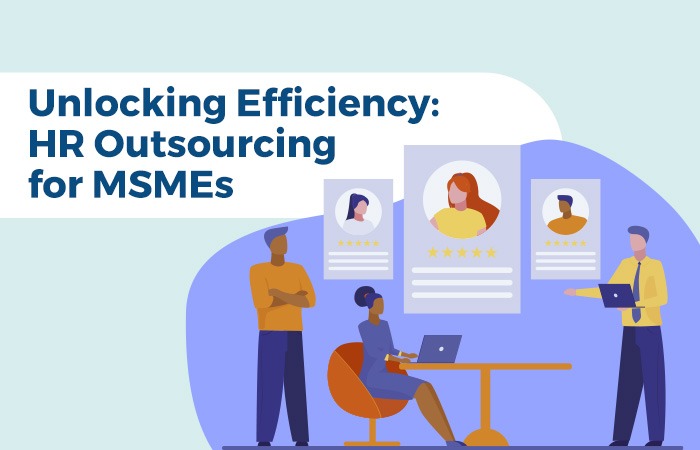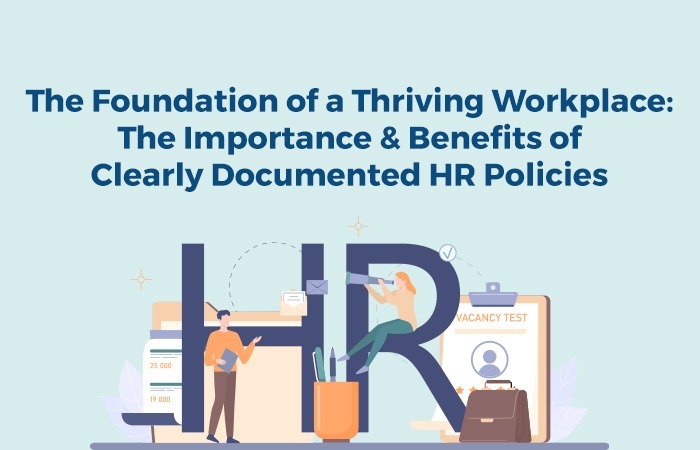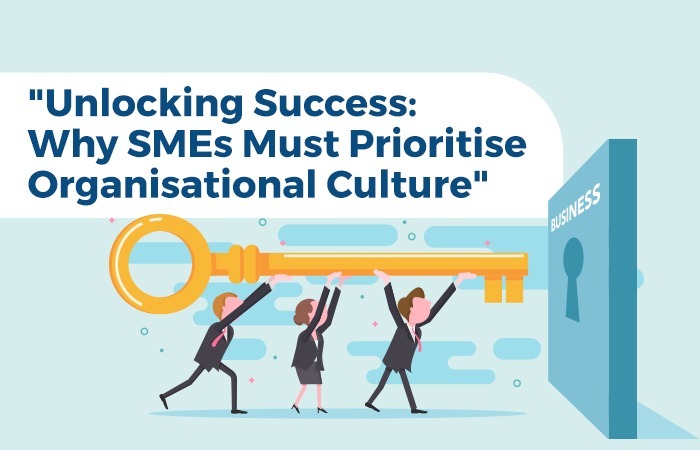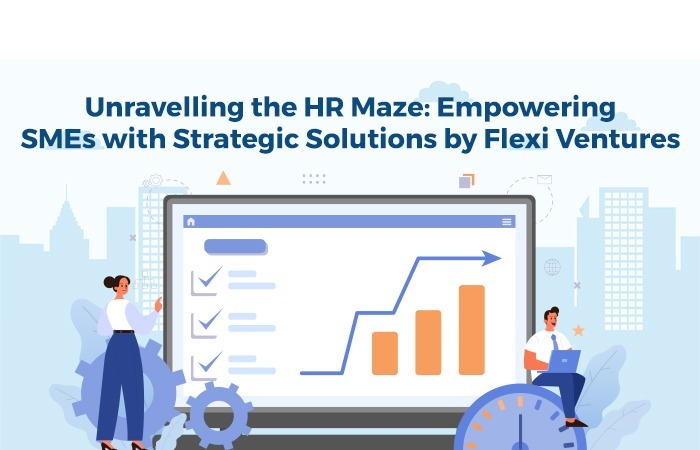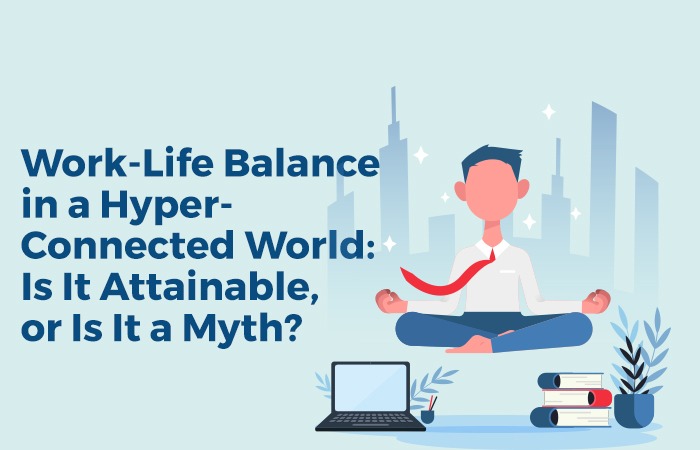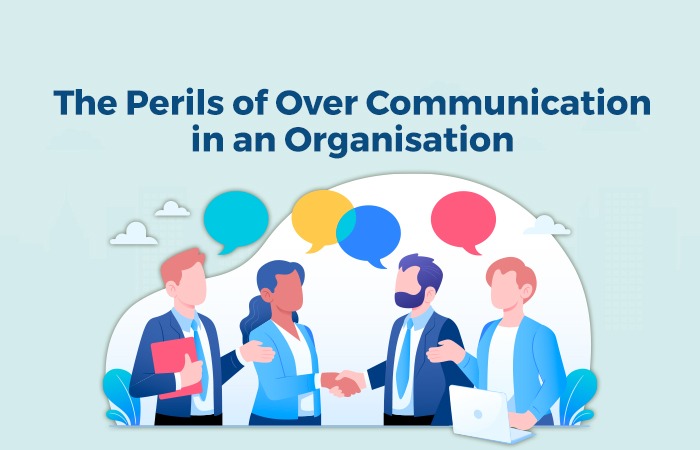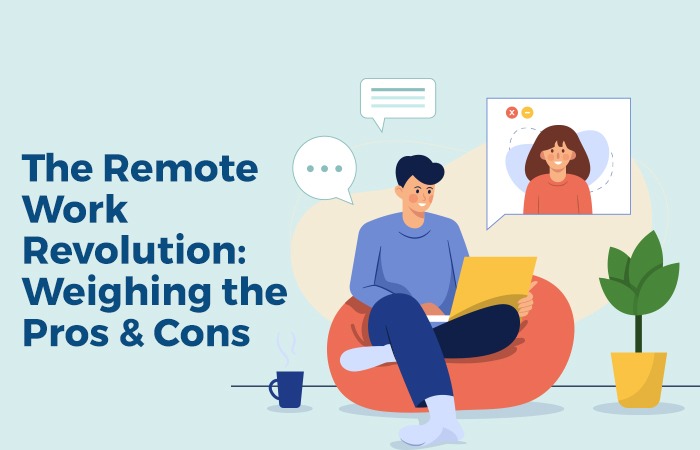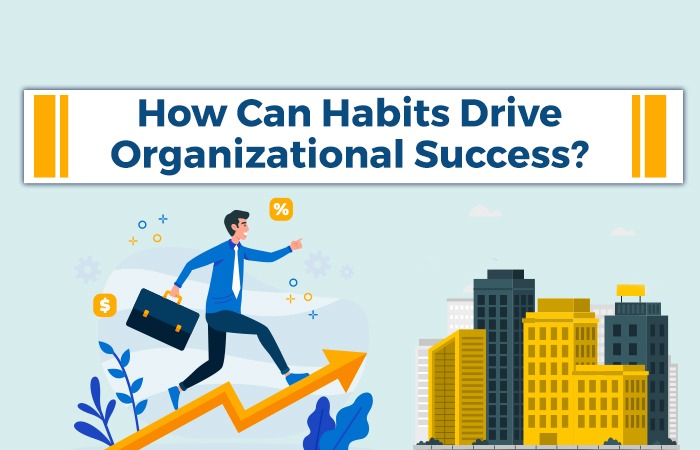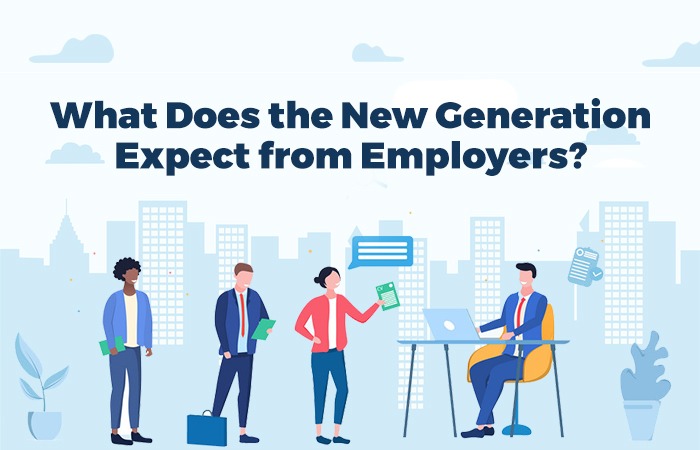Alongside unique abilities to assist in the delivery of projects, every new person in the organization brings in a unique set of needs and expectations as well. To set in motion this behemoth system, informally termed as a “company”, towards success, all resources need to pull in unison in the same direction. Given the complexities of human nature and the circumstantial situations that may add to the complexity of the task to align everyone for a common greater good, makes any company’s most valuable resource, viz “The Workforce”, one of the most dynamic resources to manage. This most critical task of the understanding the needs and expectations of the people and devising processes to codify the rules and regulations in order to maintain the uniformity and transparency amongst the rank and files of the team is borne by the “Facilitators and Enablers of organization”, more generally and fondly known in any organization as the “HR team”.
Role of Human Resource Department
● The presence of the HR department is an essential component of any business, regardless of the organization’s size.
● The HR department is tasked with maximizing employee productivity and protecting the company from issues that may arise within the workforce.
● HR responsibilities include strategic and operational interventions in the areas of recruitment, employee life cycle management, compensation, performance management, training and development, compliance and the overall well-being of all employees.
HR managers that adopt “Human Resource Management” (HRM) Strategies typically play a more active role in improving an organization’s workforce. They develop strategies pertaining to processes, approaches, and business solutions to management. Many big players have adopted an active approach to employee relations through their HR department.
Why is the HR department more important than ever before?
HR managers have become strategic partners in building an organization’s workforce strategies and lowering employee attrition rates. HR managers have a very strong voice in any company’s decision – making. Hence, the HR department has become a strong pillar of employee interest. While the HR office chiefly manages functions such as recruiting and payroll, it’s also responsible for creating a positive work environment and helping employees when needed.
Ways in which the HR department scale-up workforce.
1. A positive work environment for employees
2. Induction sessions for employees to learn about the organization and their team
3. Organize learning and development training programs
4. Handles requests outside managers’ capacity
5. Personal emergencies help during personal emergencies
A positive work environment for employees
The prime feature of the HR department is to provide a cohesive work environment for employees to optimize their work productivity. The positive work environment gives confidence to employees to speak up about the issues which are upsetting them. Listed below are the three primary ways through which the HR department creates a positive workplace culture.
● Maintains organization-wide diversity
● Protects whistleblowers
● Conducts employee surveys
Induction sessions for employees to learn about the organization and their team
The HR department should welcome new employees with a well-designed orientation. This will inform new hires about the organization’s values and work culture. It also assists with onboarding activities, such as documentation, workstation setup, and team introductions.
Organizes learning and development training programs
Based on business requirements, employees may be asked to upskill or reskill so that they can fulfill their roles more efficiently. The HR department organizes learning and development programs to help employees gain new skills and hone existing ones. These programs—which could be mandatory or optional—not only equip employees with the knowledge required, but they need to upgrade their knowledge from time to time.
Handles requests outside managers’ capacity
There are many activities in which managers can’t directly assist their team members, and such requests have to be routed through the HR department. For example, if an employee needs to apply for a loan for his personal requirements, he will have to directly contact the HR department. The HR department addresses such concerns and suggests a course of action.
Medical reimbursements, internal job postings, benefits enrollment, and performance rating review are some similar requests that the HR team helps employees with.
Personal emergencies help during personal emergencies
Employees have to deal with personal emergencies. They could face a medical or family urgency that requires an immediate or planned leave of absence, which might even have to be extended.
During personal emergencies, the HR office is the right contact point and is trained to respond to such employee requests. It holds discussions with employees’ reporting managers to seek approval. Based on the severity of the situation, it even designs flexible return-to-work plans.
So, summing up, the HR department requires firm commitment and dedication. Organizations have understood how crucial HRs are in the industry and how they make employees’ lives easier. The role of HR not only helps an organization in elevating the presence in the market but also improves the bottom line of the organization positively.

